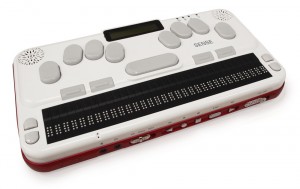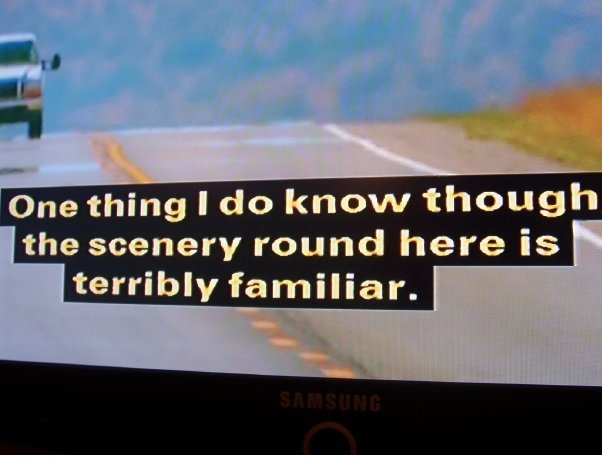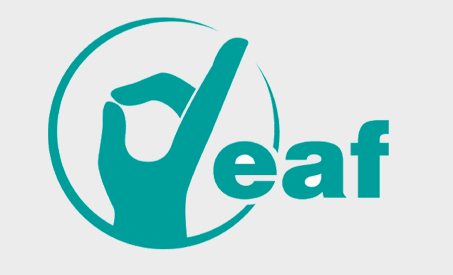Sally, one of our expert deaf and deaf blind awareness trainers, gave us an insight into the valuable work she does. She is always telling people they should get training from her, and we’ve brought her out to say hello!
We work as a team all around the UK, delivering both deaf awareness and communication skills training for everyone from the young to the old, the professionals to the man in the street. Everyone who works with people should get training in communication skills.
Why should you get training in deaf blind awareness?
Last week, we ran a deaf blind awareness day, training a mixture of older people, visually impaired people, deaf and hearing. The aim was to encourage people to volunteer to become “buddies” for those who are isolated in their own homes due to age related deaf blindness. We also found that the information is useful for those who are just coming out and learning how to deal with deafness and don’t know where or how to get training that is appropriate for them.
How does deaf blind awareness training help?
This particular group of older deaf blind people are not as well known as they should be. You can’t hear so well, and you can’t see so well, they need support in maintaining independence and living a meaningful life. They don’t need pity – they need someone to go round to support them with their mail, perhaps go shopping, have a chat or even someone to guide them to the local pub. Deaf blindness means you have issues with access to information, communication and mobility. Life doesn’t stop when you become deaf blind.
Many people think it’s impossible to talk to deaf blind people; this isn’t true. There are so many tactics to use and learn, and we teach these in our deaf blind courses. In fact, what’s suitable for older deaf blind people is also very suitable for older (and younger!) deaf people too. When you attend one of our courses, you will wonder why you didn’t get training in this area before as it’s so useful.
How common is deaf blindness?
Let’s have a quick look at the statistics, before we go further…
55% of people over 60 years old are deaf or hard of hearing. That’s about 8-9 million in the UK, and of these, half will be struggling with getting accustomed to hearing aids, and the other half will have given up, shoved them in a drawer or not even taken any steps to have a hearing test.
Of this age group, 1 in 6 will also have a visual impairment.
It is more likely people will go to the local charities dealing with blindness; there is nowhere to go if you are deaf. (unless you know of a great lipreading class down the road, and have enough money to pay for it!)
So here we were delivering this training. They did a survey of all their 1800 members who were visually impaired. The results were astonishing, 1200 of them admitted to having a hearing loss on top of the visual impairment. This means, statistically, there could be as many as 5 million older people with acquired age related deaf blindness.
Why get training with 121 Captions?
Our courses are different. We don’t just talk about our rich life experiences of being deaf and being discriminated against daily, we talk about solutions, ideas, and challenging stereotypes leading to this taboo subject of deafness, especially among those who have become deaf after being a hearing person all their lives. We also put you in our shoes, let you have a listen to what it’s like when using a hearing aid, how the environment can affect communication – and of course we let you have a go at finding out about lipreading, why it’s difficult, and how important it is for family, friends and colleagues to understand why some deaf people hide their deafness. You’ll come away with a whole new understanding of deafness, and deaf blindness – and gain some valuable communication skills as well. To date, the feedback from the deaf blind awareness training has been mind-blowing.
If you would like to know more about all the different courses we offer, contact us about our bespoke training courses.





